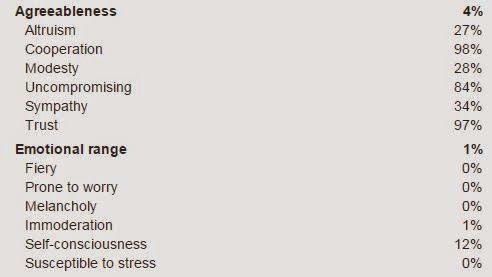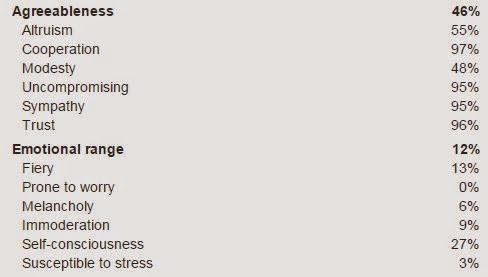AUM based pricing theoretically puts both the client and the advisor on the same side of the table. If the clients account goes down 10% then so will the advisors compensation. However, what is often overlooked in the discussion is that there is more then one way in which fee-based AUM pricing is done and what is included.
For example, Some advisors may charge 1% of AUM and the client will be responsible for the ticket charges incurred for buying or selling funds. Meanwhile, other advisors may absorb the ticket charges and pay for them out of the fee they are charging the client. On the face of things, as a client, you may like the simplicity of the ticket charges being included in the fee. However, what you may not have noticed is the massive conflict-of-interest which that arrangement has introduced into the relationship when it comes to making changes in the portfolio.
To illustrate, let's assume that each buy or sell of a mutual fund or ETF costs $10 (in reality some funds avoid transaction fees and some cost much more $25+ depending on where they are executed). Now, let's assume the advisor is contemplating replacing Fund A with Fund B. In a normal environment where the client is going to pay the transaction cost, this would be a sort of cost-benefit look at the transaction
Cost to Sell Fund A = $10
Cost to Buy Fund B = $10
Total Transaction Costs = $20
Amount currently in Fund A = $40,000
Amount Fund A would need to outperform Fund B to make up for transaction costs?
$20/$40,000 = 0.05%
However, what about a situation where the Advisor is going to pay for the transaction costs? Remember, the advisor gets paid a percentage of assets under management. To properly understand the situation you must also understand what it takes the advisor to MAKE that $20. For an advisor to make back that $20, they must get $2,000 more under management (1% of $2,000 = $20). Therefore, the cost benefit analysis from the advisors perspective can start to conflict with the clients. The client only needed Fund A to outperform Fund B by $20 (or 0.05%) for the transaction to pay for itself since the client essentially gets all the profit (less 1%). For the Advisor, he needs to manage $2,000 more to fund that $20 transaction. Therefore his cost benefit is different.....
Cost to Buy Fund B = $10
Total Transaction Costs = $20
Amount of additional AUM advisor needs to pay transaction cost = $2,000 (1% of $2,000 = $20)
Amount currently in Fund A = $40,000
Amount Fund A would need to outperform Fund B to make up for transaction costs?
$2,000/$40,000 = 5.0%
Yes, from a cost-benefit perspective of the advisor Fund A needs to outperform by 5%! Just imagine if the dollar amount in the Fund was less? If the position size was $20,000 instead of $40,000, then Fund A would need to outperform by 10% from the advisors perspective! Meanwhile, it would only need to outperform by 0.1% from the clients perspective in a normal situation which they pay the transaction cost.
Clearly the conflict of interest that is introduced is the fact that the Advisor has MUCH less incentive to make moves in the account if they are paying the transaction costs. This is because there is a MUCH higher hurdle to get over before the transaction benefits them.
To grasp this fact a little more let's look at this from a hypothetical firm perspective. If the Firm has 500 clients in Fund A, this is what a switch to Fund B would cost them....
Cost to Sell Fund A = $10 x 500 clients = $5,000
Cost to Buy Fund B = $10 x 500 clients = $5,000
Total Transaction Costs = $10,000
Additional AUM Firm needs to pay transaction costs = $1,000,000 (1% of $1,000,000 = $10,000)
Yes, for switching from Fund A to Fund B the firm must either have Fund A outperform Fund B by 5% (assuming average position size of $40,000) OR the firm must bring on a new account worth $1,000,000.
Now this is just 1 fund switch, this also applies on a larger scale to something like a complete rebalancing. Now Advisors may say that because they are absorbing the transaction costs they raised their fee slightly to compensate for this....however, if you think that solves the conflict of interest problem you are kidding yourself. The reality is they are charging that rate INDEPENDENT of the number of trades they ultimately make. Reducing those even slightly makes a quick addition to the bottom line.
This conflict of interest only gets nastier if the market were to tank. Lets say a firms portfolios are down 20%+, therefore their revenue is down 20%+. Do you honestly think that firm is not going to be tempted to make less trades then they otherwise would?
To stay on the same side of the table, I think firms should pass on ticket charges. Then they are more likely to look at the same cost-benefit analysis as the client when they consider transactions.




















